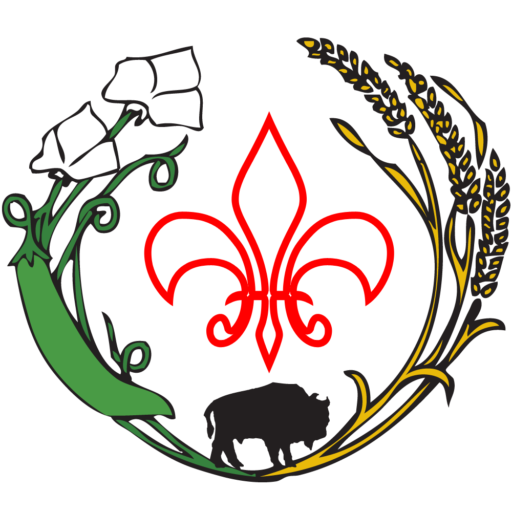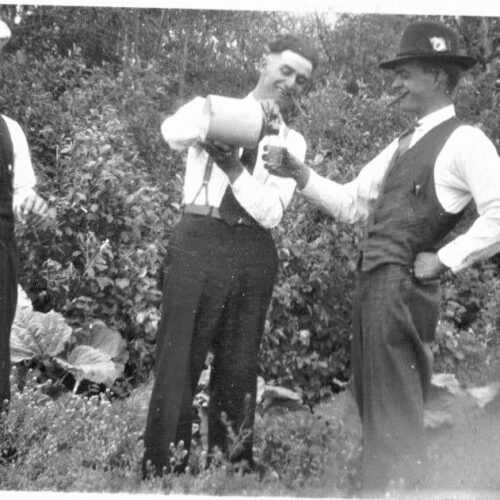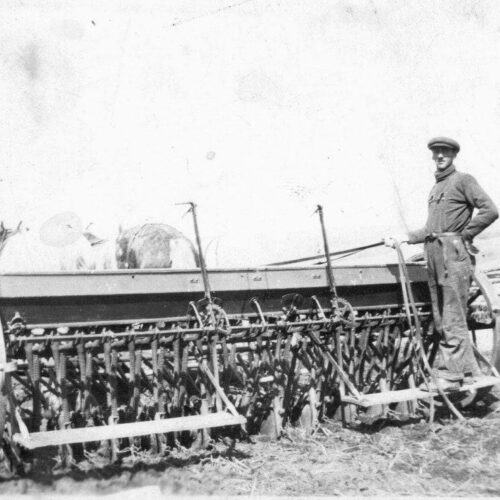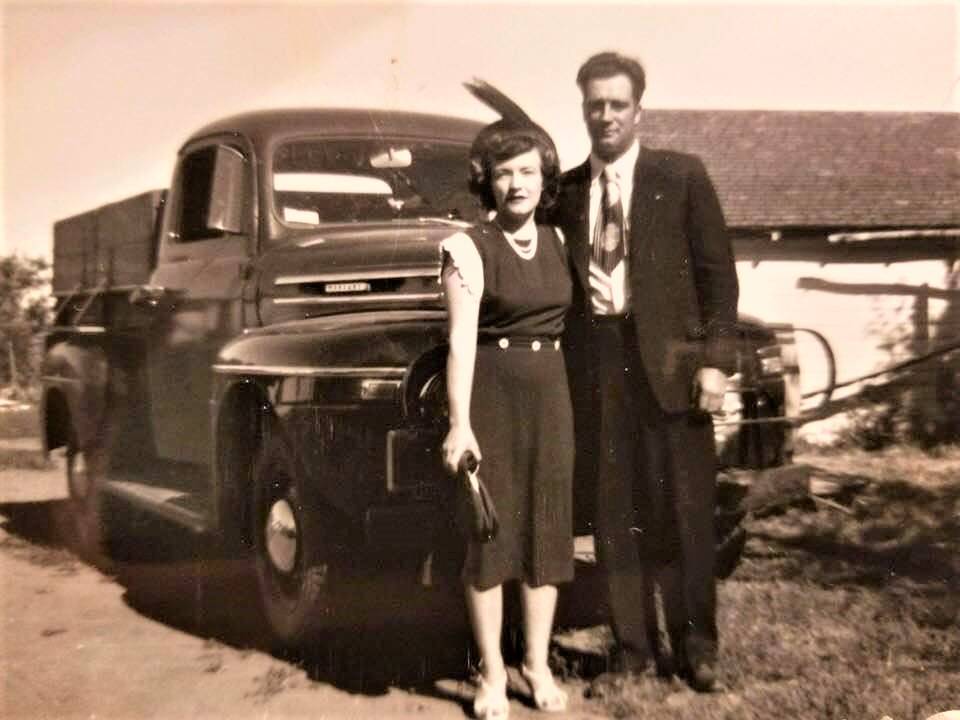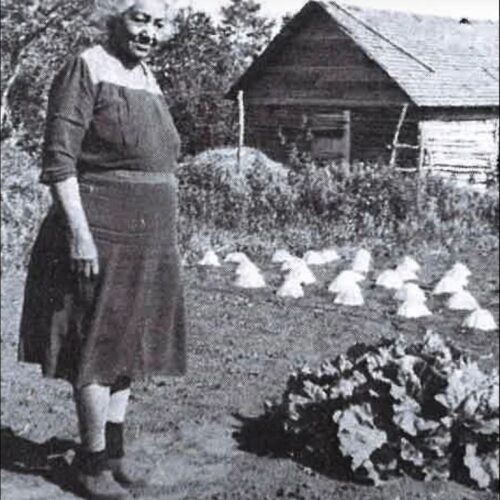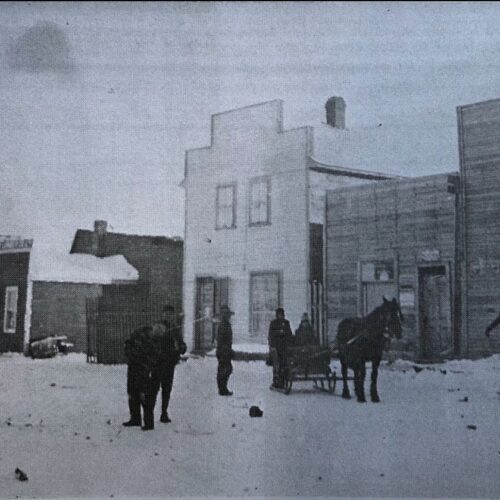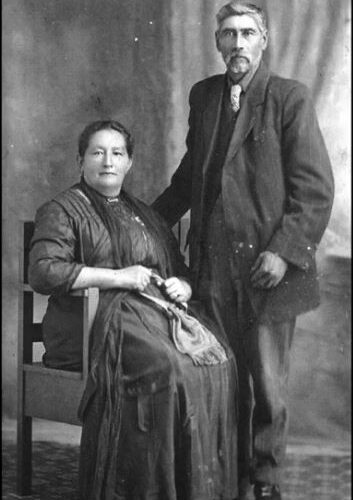"If you had come to visit Bellevue before the 1880s, you would have found lots of tall trees, a bit of prairie, small wild animals, and a few Métis families settled in the area. And to the west, you would have arrived on the small colony of Batoche."

Lydia Gaudet
Bellevue, SK
